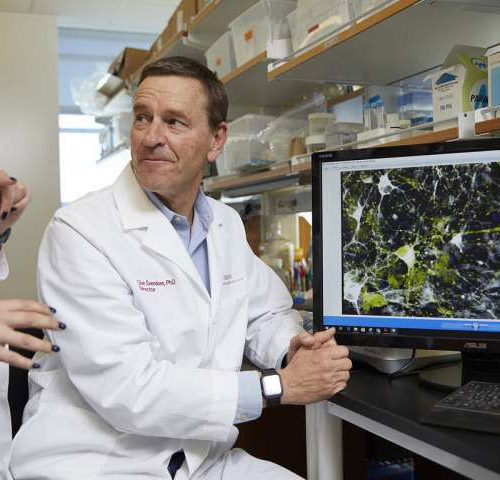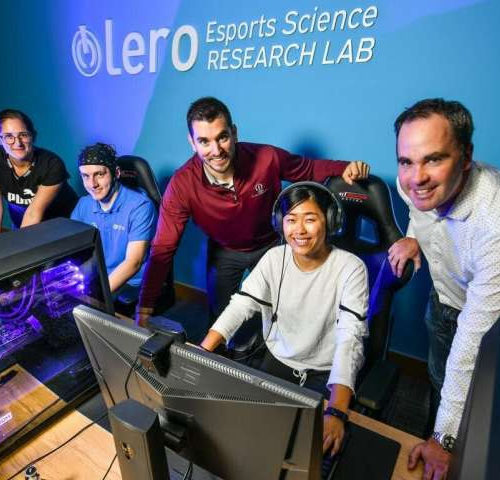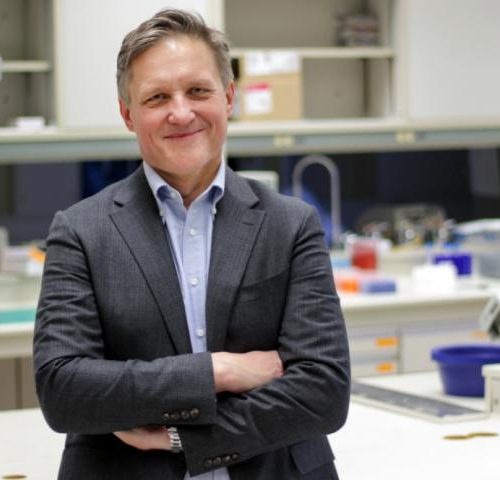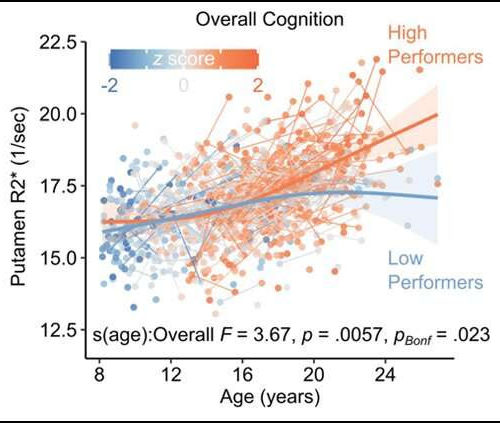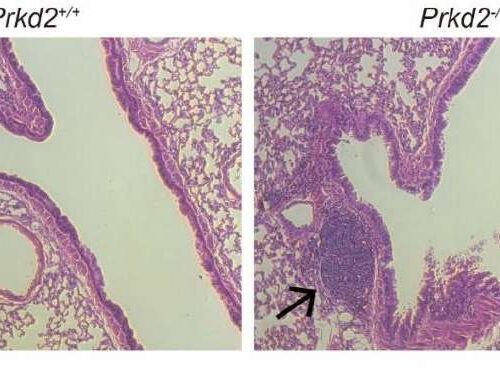by Cedars-Sinai Medical Center People who develop Parkinson’s disease before age 50 may have been born with disordered brain cells that went undetected for decades, according to new Cedars-Sinai research. The research points to a drug that potentially might help correct these disease processes. Parkinson’s occurs when brain neurons that make dopamine, a substance that...
Research shows the sexes have equal spatial cognition skills
Men are not better than women at spatial cognition—such as map reading—is the principal finding from ground-breaking work by researchers at Lero, the Science Foundation Ireland Research Centre for Software, hosted at University of Limerick (UL), Ireland. Research by Drs Mark Campbell and Adam Toth of Lero, the Science Foundation Ireland Research Centre for Software...
Novel artificial intelligence algorithm helps detect brain tumor
By Angela Betsaida B. Laguipo, BSN A brain tumor is a mass of abnormal cells that grow in the brain. In 2016 alone, there were 330,000 incident cases of brain cancer and 227,000 related-deaths worldwide. Early detection is crucial to improve patient prognosis, and thanks to a team of researchers, they developed a new imaging...
Discovery could lead to new treatment for rare blood disease
University of Alberta cancer researcher proposes treating cutaneous T-cell lymphoma before it reaches the skin UNIVERSITY OF ALBERTA FACULTY OF MEDICINE & DENTISTRY A cancer researcher at the University of Alberta has made a discovery that could unlock new ways to treat a rare blood disease. By taking biopsies of skin lesions from patients suffering...
Histamine: an unexpected defender against heart and kidney damage
by University of Tsukuba Chronic kidney disease and heart failure are critical medical problems worldwide, and are closely associated in a phenomenon known as “cardiorenal syndrome.” The relationship between kidney dysfunction and heart dysfunction is complex. Many studies have attempted to understand this relationship; few have provided a clear target for treatment of the combined...
The brain may need iron for healthy cognitive development
by Society for Neuroscience Iron levels in brain tissue rise during development and are correlated with cognitive abilities, according to research in children and young adults recently published in JNeurosci. Future work could lead to iron supplementation as an intervention for atypical cognitive development. Brain cells stay healthy in part by storing iron. It is...
Give & take: Cancer chromosomes give the game away
As tumours develop, cancer cells gain and lose so-called “chromosome arms”, changing their response to drugs, a finding which may offer better personalised treatments for 17 types of cancer. Dr Pascal Duijf from QUT’s School of Biomedical Sciences and IHBI (Institute of Health and Biomedical Innovation) said the study, published in Nature Communications, analysed chromosome...
Leukemia’s unexpected link to vitamin B-6
Researchers have discovered a new target for leukemia treatment after their study revealed that cancerous cells utilize vitamin B-6. The development of a new drug that could prove to be more effective than current treatments is underway. Researchers hope that exploiting leukemia’s reliance on B6 might lead to better treatments. Leukemia — a form of...
Could sunlight combat metabolic syndrome?
A new study in mice concludes that light-sensitive proteins on fat cells can detect sunlight. It also finds that too little natural light can alter how fat cells behave and may increase the risk of metabolic syndrome. Sunlight may influence fat metabolism, according to a recent study. Throughout the evolution of life on Earth, much...
Gene responsible for controlling activity of T follicular cells identified
by Bob Yirka , Medical Xpress A team of researchers at the University of Texas Southwestern Medical Center has identified the gene responsible for controlling the activity of T follicular helper (TFH) cells. In their paper published in the journal Science Immunology, the group describes their study of the gene Prkd2 and what they learned...

